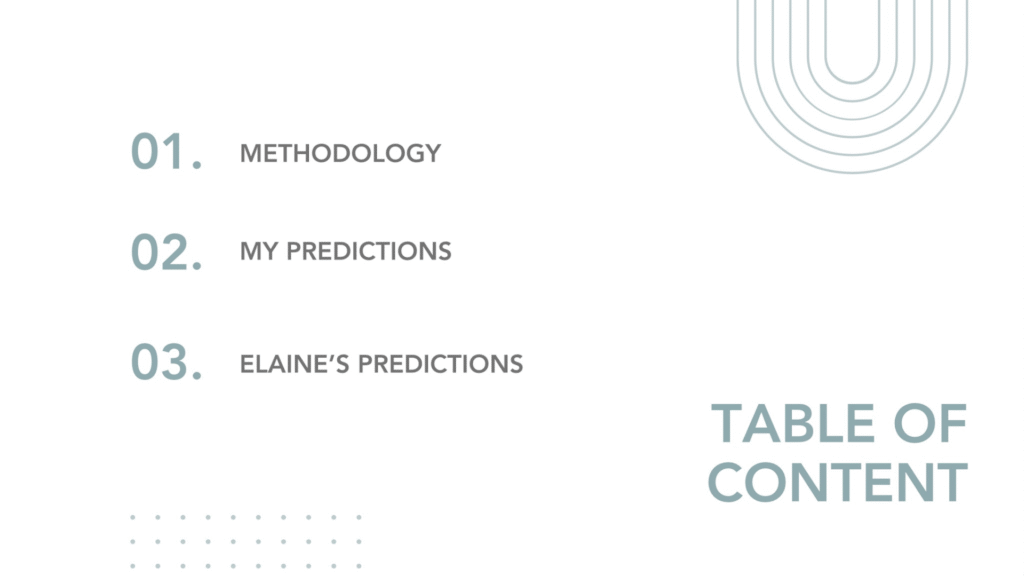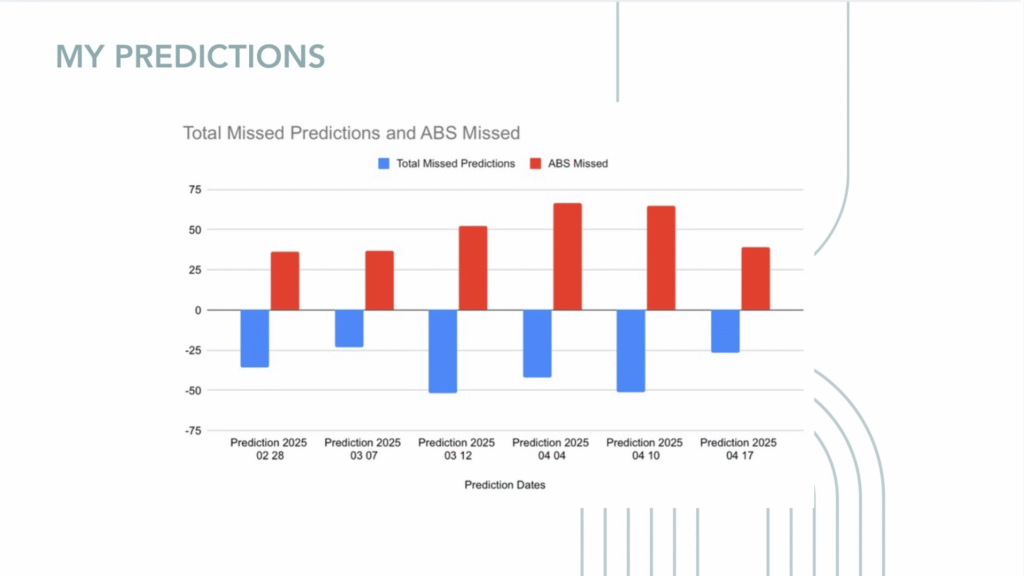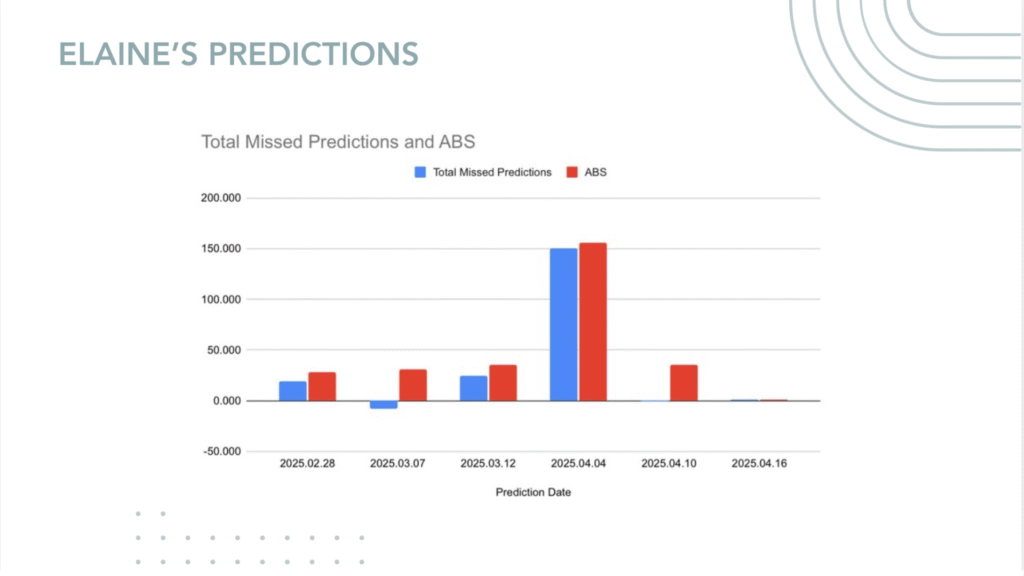
Welcome to Breanna’s Programming and Robotics Portfolio! Please have a look at everything I did in ITPR8_2025!
About the Course
Programming and Robotics 8 is a project-based course introducing students to computer science through programming, technology concepts, and robotics. Students will explore various programming languages, develop problem-solving skills, and engage in both individual and collaborative projects. The course emphasizes digital literacy, current tech trends, and self-directed learning, preparing students for AP Computer Science and future careers in the technology field.
Twin Python Projects
Number Project:
Create a Python-based calculation tool using Trinket.io to perform numeric tasks such as tax calculation, mileage costs, or cafeteria totals. Focus on using Python’s numeric functions.
Word Project:
Design a “choose your own adventure” game using Python on Trinket.io Use IF statements to provide player choices and navigation, and incorporate loops to make the game interactive and playable.

Number Project
This Python project is a Mileage Cost Calculator built using Trinket.io. It helps users estimate the total fuel cost for a trip by asking for the trip distance, vehicle fuel efficiency, and fuel price per gallon. The program calculates and displays the total fuel used and the overall cost, using basic input, arithmetic operations, and formatted output. It’s a practical tool that demonstrates core Python numeric functions in a real-world scenario.
This Python project is a Dark Forest Adventure Game created using Trinket.io. It’s a text-based, “choose your own adventure” game where players make a series of choices that lead to different outcomes—some winning, some losing. The game uses if statements and user input to guide the story, with multiple story paths and endings based on the player’s decisions.

Remembrance Day Poppy
Made with Tinkercad

Month of Failure Projects
https://trinket.io/python/d6e165ace290

This Guess the Number project is a fun and interactive two-player game that showcases several key Python programming concepts. It uses the random module to generate a secret number between 1 and 100, making each game unique. Players take turns guessing the number, with the program using the modulus operator (%) to alternate between Player 1 and Player 2. Feedback is given after each guess, telling the player if their guess is too high or too low, and the game continues in a loop until someone guesses correctly. Error handling is also implemented using a try and except block to manage invalid inputs, ensuring the game doesn’t crash if a user enters a non-numeric value.
Although the game is fully functional, there are several areas for improvement in the future. First, since it uses raw_input(), it is written for Python 2—updating it to use input() would make it compatible with Python 3, which is the current standard. Adding features like a guess limit would make the game more challenging and strategic. A history of previous guesses could help players keep track and make more intelligent choices. Additionally, offering a single-player mode where the user plays against the computer or allowing for difficulty level selection could expand the game’s replay value. With further enhancements, this project could evolve into a more polished and complete game experience.
Technology News Articles
Article 1: Laser Radar
Recently, Laser Radar has become very popular. You may not have used it, but you can see it on the road. Lidar (Light Detection and Ranging) is a new technology in smart cars. The principle is very similar to that of bats. Bats use the reflection of ultrasound to locate surrounding objects. Laser Radar uses the reflection of a laser to present a three-dimensional environment. A laser range finder consists of a laser, a receiver and a processor. We all know that light will reflect when it shines on the surface of an object, and so does a laser. When the laser emits light and shines on the surface of an object in space, it will instantly produce a reflection, which the receiver will receive. Since the speed of light is known, the processor only needs to calculate the time it takes for this beam of light to go back and forth to get the exact distance of this point. By giving this beam of light angle information in the spatial coordinates, the three-dimensional positioning of this point can be obtained. This is the TOF, or time-of-flight, and time-of-flight ranging method.
Figure: Lidar 3D Point Cloud Source: LinkedIn
This picture is a point cloud picture of laser radar. If you look closely, you will find that the point cloud is made of individual points. The collection of these points presents details such as pedestrians, crosswalks, vehicles, road signs in the distance, trees, and even the thin wires in the air can be captured. Such a uniform and regular point cloud can restore the environment around us and become the real eyes of smart vehicles in driving. It is because of the powerful performance of laser radar that many car companies have adopted it as a necessary sensor.
Laser Radar has promoted the development of self-driving vehicles, which will bring significant changes to our lives. When we sit in the car and don’t have to worry about driving, the time we free up will bring countless economic benefits to foresighted companies. Imagine if your parents didn’t have to put their hands on the steering wheel when driving you to school in the morning, what would you do together in the car? Make an omelette together or make a glass of fresh orange juice?
Article 2: Mobile Payment
Mobile payments have transformed our lives, a fact acknowledged by many. It is changing the world, ushering in a new era of payment revolution.
Apple’s mobile payment service allows users to turn their mobiles into wallets in their daily lives to achieve fast and secure payments. Of course, Alipay is the most advanced mobile payment at present.
The consumer uses the mobile billing option during checkout at an e-commerce site to make a payment. After two-factor authentication involving the consumer’s mobile number and a PIN or one-time password (often abbreviated as OTP), the consumer’s mobile account is charged for the purchase.
When making a mobile payment, a collection code or payment code will be required. Collection code: It is a QR code that remains unchanged over a long period. Others could scan the QR code to pay you.
Payment code: It consists of a barcode and a QR code, which updates every minute. The purpose is that when the merchant’s special device scans the code, the payment is completed. It is equivalent to using a point-of-sale (POS) machine to swipe a card for payment.
Figure: Collection code Source: PayLands
Mobile payment is convenient for making contactless payments on the go, speeds up tap-and-pay transactions, and enhances security through tokenization. The future of mobile payments is expected to encompass digital wallets, voice payments, facial recognition, and other advanced technologies. Advanced technologies like 5G and 6G will further improve mobile commerce’s speeds and user experience.
NHL Prediction
Science Fair Project
Digital Poster made with Canva.

Video of a 3D model of the prototype. Made with Nomad.
Screenshot of Arduino code used to rotate clinostats that simulated microgravity.

MidJourney Posters
The first piece, ChronoGuardian, was awarded 1st place in the FIRA 2024 AI Art Contest.
The Lion, The Witch, and The Wardrobe and The Barren Grounds Podcast/Video.
It was made with Canva + iMovie.
3D-modelling with Nomad
Some practice models. I was experimenting with different tools to convey the human form.



Passion Project
OBS Run Through













